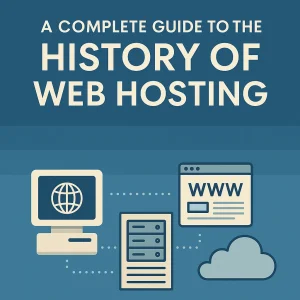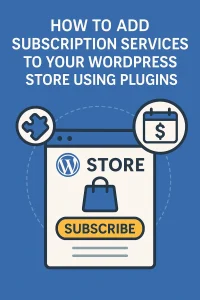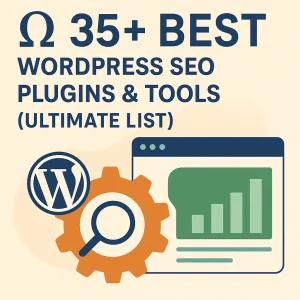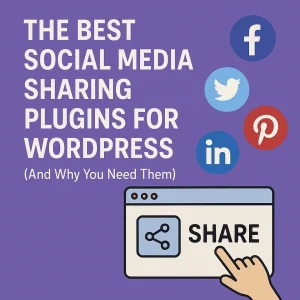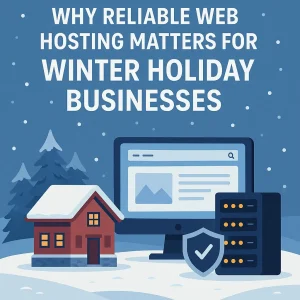On the internet, email is the standard communication medium. It’s the go-to communication for brands. Email is the most direct channel, it boasts a higher ROI than any other channel and it helps build loyalty and relationships on a much deeper level than any other channel.
Right now, more than half the world is connected to an email account. By the end of 2017, email addresses are expected to increase, to about 5 billion accounts worldwide.
When sending emails to your small business customers, you need an effective strategy.
1. Welcome Email
First impressions are everything. And a welcome email sets the tone for the relationship. So, roll out the red carpet for your customer.
According to Experian, welcome emails generate 4x the open rates and 5x the click rates compared to other bulk promotions.
Moreover, studies found that subscribers who receive a welcome email increase their long-term engagement with a brand by 33%.
Therefore, greet your new customers. Let readers know more about your small business. And tell them what type of emails they will receive in the future.
Write in a conversational tone. A welcome email is like a virtual handshake that accepts a new member to your group. It should be inviting and warm.
Also, consider the timing of your welcome email. It shouldn’t be two weeks after the customer bought your product or signed up for your newsletter.
2. Adoption Email
An adoption email is designed to keep your customers engaged with your products. Once they make a purchase, you want them to actually use it.
Adoption emails can be distributed in a timed sequence or to correspond with specific behaviors or actions taken. Like a good concierge, adoption emails acknowledge where recipients are in a progression, offer suggested solutions, and reaffirm motivations for the original purchase decision.
These type of email campaigns lead to faster adoption of the products or services being offered, greater incremental revenue, and increased customer loyalty.
So, start sending emails with links to video tutorials and how-to guides. And urge customers to contact you if they have any questions or concerns.
3. Thank You Email
Build rapport with your customers. Your team’s ability to make customers feel valued is the difference between a good business and a great one.
68% of clients leave because they perceive the business does not care for them. So, start treating customers more like friends and less like sources of revenue.
Sending a thank you email shows customers you appreciate them. It’s a simple gesture to build a meaningful connection.
Write simple and straightforward. Writing an amazing thank you note doesn’t take long at all, but the impact that it has is huge in today’s digital world.
Don’t assume customers know that you appreciate their business. A thank you email is a reminder that you do. And showing signs of appreciation can certainly drive growth.
read_more
4. Customer Feedback Email
Customer satisfaction is a key factor in maintaining your business. You want buyers happy with your products.
Research shows that a 5% increase in customer retention can boost a company’s profitability by 25%. To maintain more customers, make the shopping experience better.
Use email to gather feedback from your small business consumers. Learn what they liked and disliked about your services.
Collecting customer feedback has to be an integral part of your business process. Getting negative and positive feedbacks are equally important.
Don’t be afraid to receive negative reviews. It will only help your team improve your business operations. So, encourage customers to provide honest feedback.
Depending on your industry, you may want to attach an incentive to your customer feedback email. Offer the customer a small discount for their feedback. Or promise to give them a shout-out on social media.
Improve the customer experience. Ask for feedback.
5. Promotional Email
Persuade customers to spend more. People love hearing about discounts and specials offers from their favorite brands.
For every $1.00 spent on email marketing, the average return is about $40. And customers are far more likely to use that purchasing power if emails contain compelling discounts.
Leverage exclusivity by framing the promotion as a ‘private’ sale. Often times, this type of positioning makes the recipient feel like they’ve specially chosen, which encourages them to take advantage of the special opportunity they’ve been presented with.
The example below stresses the exclusivity of the promotion. Plus, the buyer has only two days to shop.
Don’t water down the effect by sending promotional emails every single day. They should feel special. Also, create clear calls to action, so customers know it’s a promotion.
Highlight the product benefits. Entice customers to buy from your company.
6. Reminder Email
Roughly 65% of online shopping carts are abandoned; that’s a lot of missed sales.
Use email to lure customers back to your site. A gentle nudge may spark a desire to buy a forgotten product or service.
An abandoned shopping cart does not automatically translate to a ‘lost sale,’ because three-fourths of shoppers who have abandoned shopping carts say they plan to return to the retailer’s website or store to make a purchase.
And don’t just email customers about their shopping carts. Remind them of the value. Tell your customers why it’s important that they purchase the product.
For example, your buyer purchases a monthly supply of vitamins. Encourage them to reorder so they don’t miss a dosage.
Email reminders can increase revenue with little investment. Prompt your audience to take action today.
7. Educational Email
Always make an effort to educate your customers. It’s an effective tool to ensure your customers remain engaged.
Relevant content informs the customer about topics important to them.
Efforts to enhance customers’ knowledge and provide them with the skills and abilities to use critical information can help companies differentiate their service offerings and provide a strong foundation on which to build trusting relationships with customers.
But don’t disguise marketing materials as educational. Marketing ploys can quickly turn your customers away.
Instead, teach consumers something about the industry. Or even show them new ways to use your product.
Moreover, educated customers make the best brand ambassadors. With their newfound information, they will be more willing to share your brand with others. Ignorance doesn’t result in confident customers. So, strive to keep your customers informed.
Summary:
Email helps facilitate the customer relationships. Your team has the opportunity to talk directly with the buyer. Therefore, it’s vital to make every email account.
Send a welcome message to introduce your brand. Thank customers for their purchases. Send promotional discounts. And educate the buyer about your product.
Initiate communication. Build relationships with email.
All our Canadian web hosting plans come with fell email capability.






